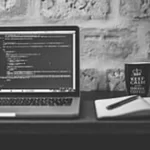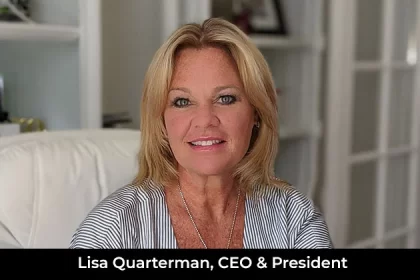The Big Data and Internet of Things (IoT) technologies have experienced rapid growth among organizations and individuals. It is predicted that the amount of data generated will increase to 175 zettabytes by 2025 as per Forbes. This would have significant consequences in collecting, analyzing, and reporting data. Given the amount of data accumulated from IoT sensors every second, it is essential to have advanced analytics systems in place to collect and effectively harness data. These systems should be able to identify correlations and reveal trends so that companies can assess actionable insights that can then be used to enhance business capabilities.
Because IoT devices collect vast amounts of structured and unstructured data from their sensors, processing and depicting them in real-time will pose problems. Here is where big data’s role becomes pronounced. The three main features of big data analytics, according to Gartner, are volume, velocity, and data variety. One of its significant benefits is the potential of big data to process tremendous amounts of information. The corelation between big data and IoT is one of symbiosis, where seamless IoT connectivity and the following collection and analysis of big data can help businesses to have a higher level of understanding to further their prospects.
Analyzing Big Data
IoT sensors receive data from a large number of heterogeneous devices connected continuously. Increasing the number of connected devices means IoT systems need to be scalable to accommodate data inflow. Analytical systems handle this data and impart valuable reports which offer a competitive edge for businesses. Because the data is mined based on their type, it is compulsory to bifurcate the data to get the most out of it. Different forms of analytics are performed, depending on the type of data involved. Only a few of the most famous are:
Streaming Analytics combines unsorted streaming sensor data and researches data stored to find familiar patterns. In use cases such as fleet tracking and bank transactions, the real-time analysis from this method may help.
Geospatial Analytics: Another type of Big Data Analytics approach is geospatial, where a combination of IoT sensor data and sensor dynamics can provide a comprehensive perspective for predictive analysis. The immense number of objects in the connected IoT world and its ability to send data via wireless networks helps to obtain complete data dumps which can be used to facilitate insight.
Obstacles
We are currently at a stage where the collection, review, and reporting of IoT data is compulsory for most organizations. However, these organizations are facing quite a few challenges since these technologies are still in their stage of development. Some of them include:
Integration: Since IoT data is received over multiple channels in different formats, it’s challenging to collect and integrate it. Analytics systems must ensure that the data obtained are in a format that is sufficiently actionable to determine insights. Text mining and the technologies of machine learning are often used to extract textual data from sensors. However, videos cannot be made quickly by extracting non-textual formats of data such as images.
Privacy: IoT systems often have sensitive information and need to be protected against outside interference. The continuous flow of data makes it impossible for each part of it to be controlled and analyzed. These systems rely on third-party infrastructure because of their limited capacity, which will result in increased security risks. Preventive measures such as data anonymity and encryption are therefore employed to enforce data security.
IoT is one of the most ingenious developments in the last decade that combines technology and data effectively to establish more proactive strategies. With the expansion of sensors and smart devices over the past decade, the connection between big data and IoT has reached a stage where it is of paramount importance for organizations to process massive amounts of high-frequency data accurately. To go along, the need for the hour and the right strategy in this interconnected world is an integration platform that can assimilate, analyze, and derive insights for companies.










